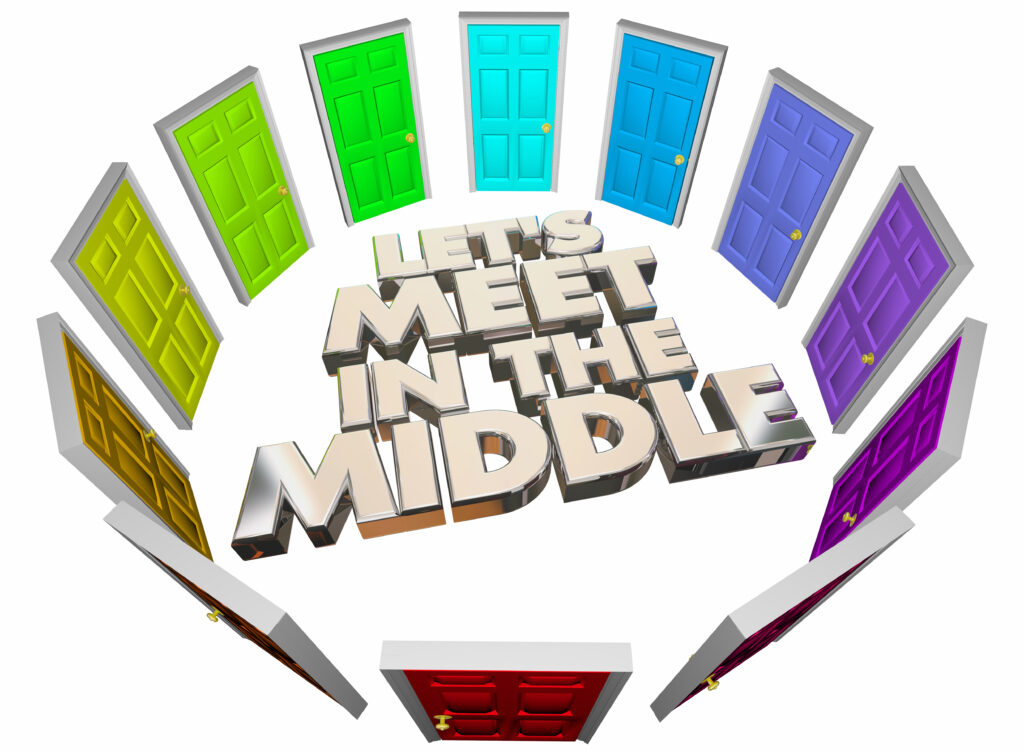Have you tried to wirelessly connect to a printer lately? Under the best circumstances, it can be tricky. Known network that you’re always connected to? Nope, never heard of you, device…no printing for you. Now think about having to wirelessly connect to various printers, on various networks, multiple times a day. Beads of sweat begin to form, right? Finally, imagine doing this while a literal emergency is underway and you’re in charge of communicating vital information for the safety and well-being of the patient via the pieces of paper that may or may not manifest from said printers. That this is anyone’s reality is painful to imagine, much less for EMS providers on the front lines of emergency medicine. But it’s a truth all too common across the country in the EMS-to-hospital hand-off is left to outdated and inefficient processes we simply must collectively invest in cleaning up.
A PCR Is Only as Good as Its Availability to Providers in The Hospital
When emergency transport by EMS is necessary, the whole situation is time sensitive. This seems self-evident. So, the delay or straight up omission of the Patient Care Record (PCR) for the ED or hospital team can render the information available completely moot…which means that relevant, potentially life-saving data is missing because of a paperwork problem. This is unacceptable. Making the transition to ePCRs is a great step forward for ease of EMS-to-hospital communication, but it’s not necessarily a given that electronic forms become usable if the exchange of and (most importantly) presentation to providers isn’t intuitive.
Sure, you’ve cut out the painful middleman (looking at you, printer), but getting that data front-and-center for physicians and their teams, making sometimes split-second decisions to render care, is a key opportunity for meaningful connectivity. Presentation matters! Lobbing another electronic record into the EHR is the modern version of a sagging inbox stacked with paperwork, with no semblance of time-sensitivity or relevance. In an emergency transport situation, the EMS provider’s ePCR should be easily accessible and digestible for the next providers in the hand-off. As patients, we certainly want this to be true too, don’t we?
Taking EMS-to-Hospital Communication to The Next Level
If you think of an emergent medication situation, EMS is sort of like the lead runner in the relay. They kick things off from a provider perspective, but once they hand off their baton, is their part in the race over? Certainly not! You wouldn’t expect a race-winning relay team to only allow the latter racers to celebrate; it’s a team effort. And yet EMS are often cut off from the rest of the care team beyond transport.
Where we can really honor the role that Emergency Services plays in healthcare is to enable patient history look up for EMS on a national scale. When unresponsive patients are closer to the norm for first responders, providing the ability to proactively look up information for patients – medication lists, allergies, chronic conditions, disabilities, etc. – is a total no-brainer! And the best news: it’s also not that expensive or complicated to do, thanks to healthcare communication networks that exponentially increase access to relevant patient data for all providers across the care spectrum. But to move the needle, we also need to provide EMS with access to the hospital discharge summary or diagnoses data to ensure they can address training gaps, improve quality measures leading to better patient outcomes.






